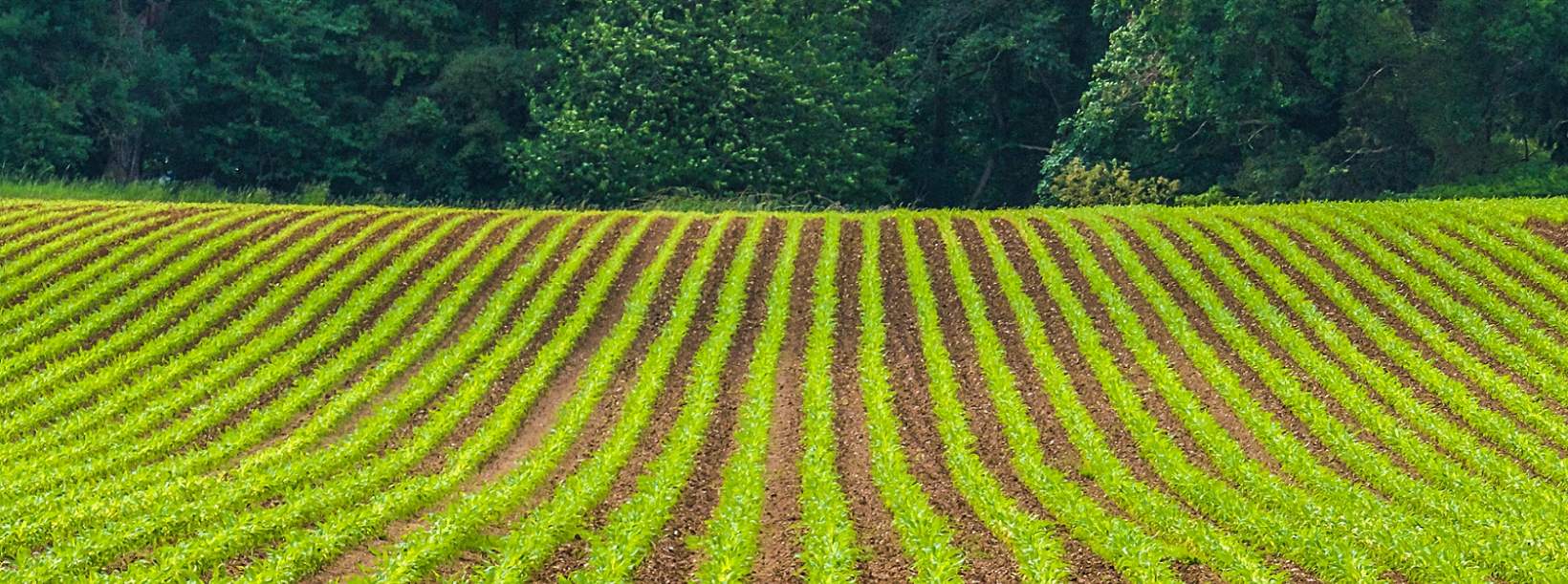The good news is that by changing land management practices, farming has a major part to play in sequestering carbon. This spells not only environmental benefits but potential farm income too, in the form of carbon credits – more welcome news as farm businesses come under increasing pressure to diversify.
But before putting their eggs in the carbon basket, farmers need to be aware that there are pitfalls as well as advantages. Here’s a rundown of the key points to consider:
How do carbon credits work?
A single carbon credit allows the holder to emit one tonne of CO2 or other greenhouse gas without increasing their net carbon footprint. To put that into context, most cars emit about 200g of CO2 per mile so a tonne is the equivalent of driving 5,000 miles or so.
There are two types of credit: a sequestration credit and an emission reduction credit. For a sequestration credit you have to lock up CO2 in a nature-based solution – by planting trees or peat restoration, for example.
Emission reduction credits are shorter-term solutions achieved by changing the way you farm in order to cut emissions. This might be by reducing diesel usage by moving to direct drilling, or by growing crops which require lower inputs.
How can farmers create a carbon credit?
The principle of additionality applies here. Any scheme must provide a benefit that is above and beyond existing practices. The key to proving additionality is baselining, establishing a quantifiable record of the status quo.
So, first assess your current position by carrying out a carbon audit. There’s lots of advice out there, and it will give you a starting point from which to work out where the possibilities lie and which type of credit best suits your business. Sequestration credits are likely to be the way to go for landowners, while for tenant farmers emission reduction credits could be a better fit.
To qualify for credits, the actions you undertake will need to be verified. That might be through the Woodland Carbon Code or Peatland Code, but there are a range of verifying companies. The quality does vary though, so do your research or take advice in order to choose a trusted route.
How does the carbon credit market work?
Credits can be sold (offset) to an external enterprise in order for them to balance their unavoidable carbon emissions. Alternatively, you can use them yourself (inset) to reduce your own business’s carbon footprint.
To date there has been limited supply in the market for sequestration credits as the view is that these are likely to increase in value over time. Those that have transacted are making around £30-40/tonne. There’s greater activity in the reduction credit market where credits are achieving around £20/tonne.
Is there a downside to selling credits?
The carbon credit market is entrepreneurial, so it’s important to exercise caution. This is not free money: the buyer is gaining something which means, even though you might be diversifying your income stream, you are giving something up – in this case, potentially your own ability to reach net zero.
As 2050 approaches, farmers will come under ever-increasing scrutiny and pressure from landlords and supply chains to demonstrate their net-zero credentials. If you are selling credits in the short term, you need a long-term net-zero plan.

.jpg)

.jpg)

.jpg)
.jpg)
.jpg)
.jpg)

